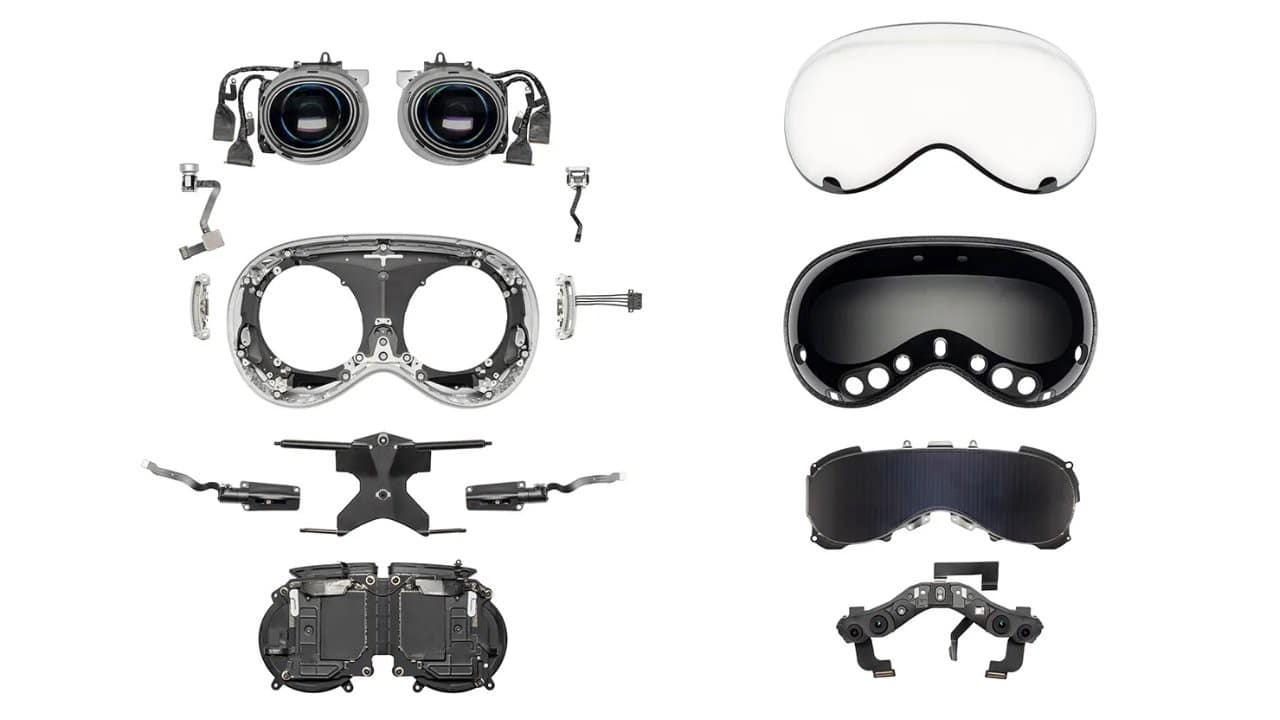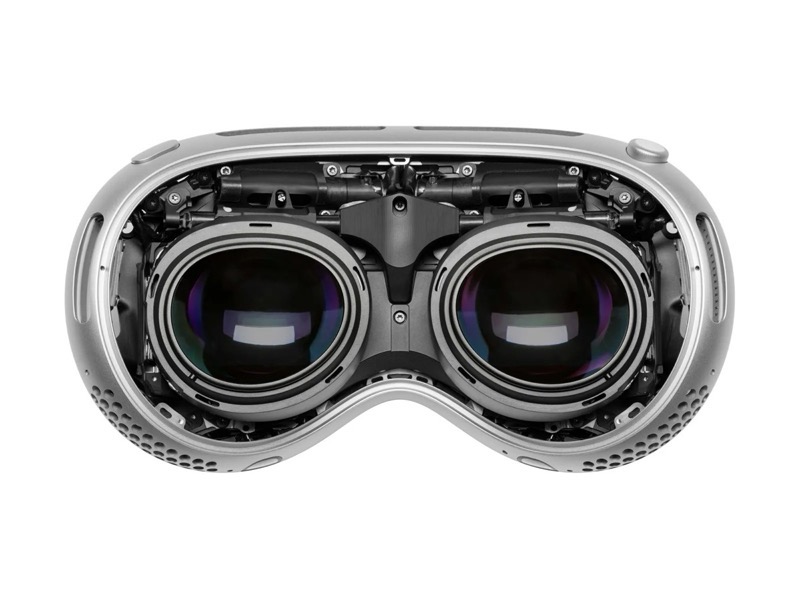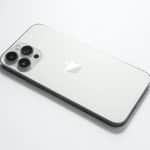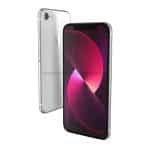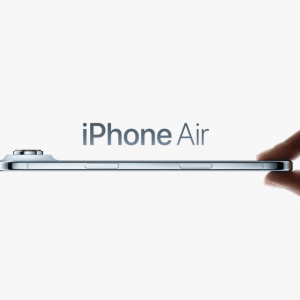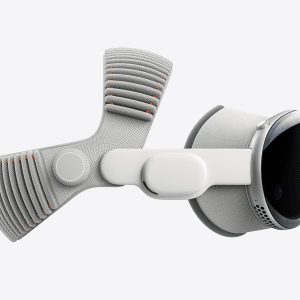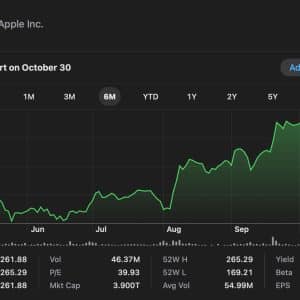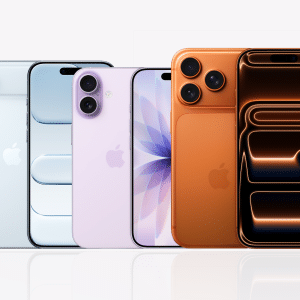Launched in February 2024, the Apple Vision Pro quickly garnered acclaim for its sophisticated hardware and pioneering user interface, yet its steep price tag of $3,499 has kept it beyond the reach of many.
While the device showcases numerous advanced features, its cost remains a significant barrier. According to Bloomberg’s Mark Gurman and insights from TF Securities analyst Ming-Chi Kuo, substantial hardware enhancements for the Vision Pro are postponed for years, with the second-generation model not anticipated to arrive until the end of 2026.
Efforts to develop a more budget-friendly version are ongoing, yet Apple faces considerable obstacles in reducing costs. High-priced components, such as Sony’s 4K micro-OLED panels, continue to drive up the production expenses. This situation leaves Apple in a tight spot, trying to balance innovation with affordability.

Meanwhile, competitors like Samsung are advancing in the mixed reality space. Samsung’s forthcoming XR headset, featuring a high-resolution Sony micro-OLED display and a Snapdragon XR2 Plus Gen 2 chipset, demonstrates the company’s commitment to a robust device ecosystem that could well rival Apple’s offerings.
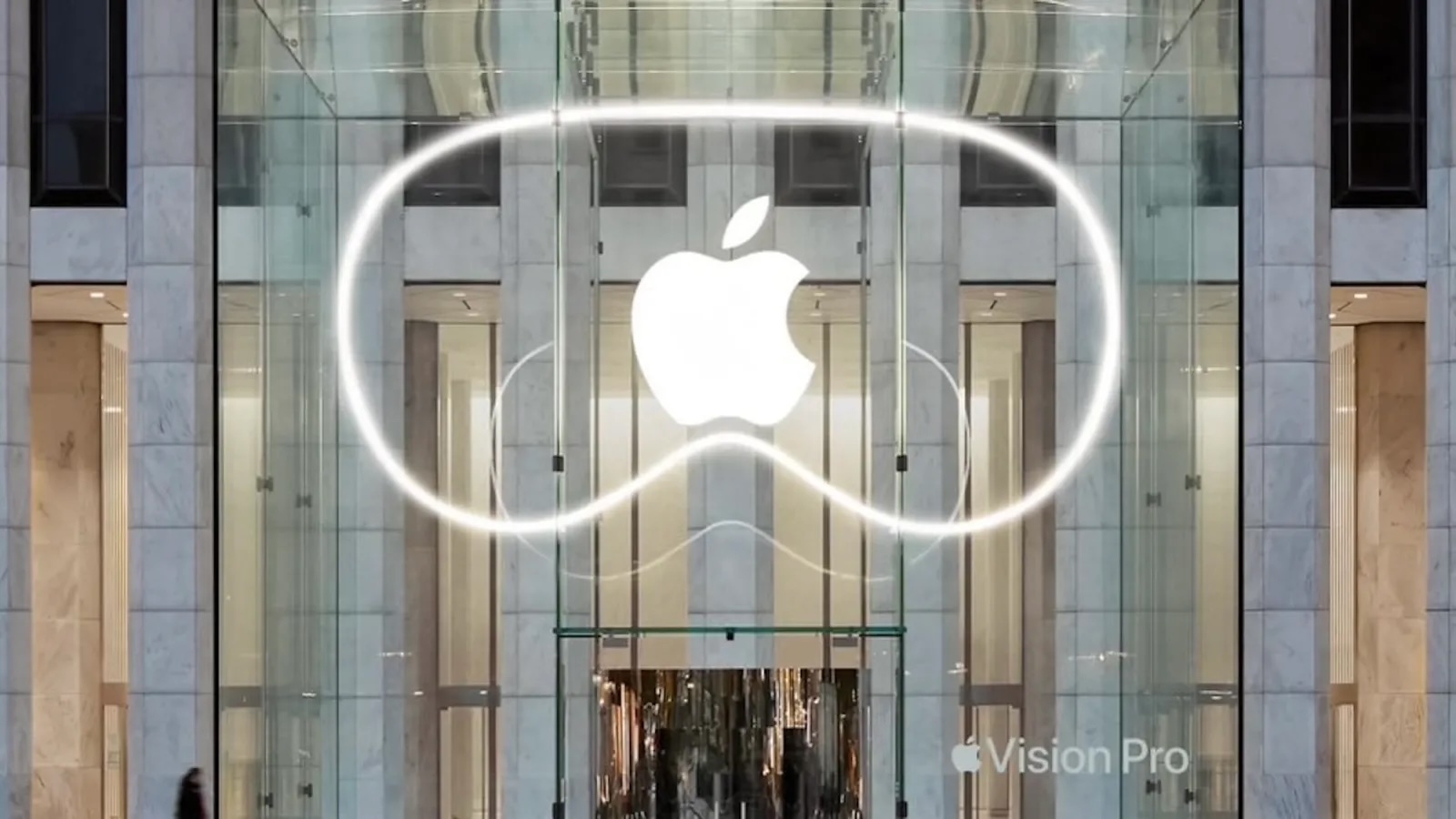
As Apple plans to extend the global footprint of the Vision Pro, starting with China, and prepares to roll out visionOS 2.0, the delayed introduction of the Vision Pro 2 provides a strategic opening for competitors to solidify their positions in the burgeoning mixed reality market.
